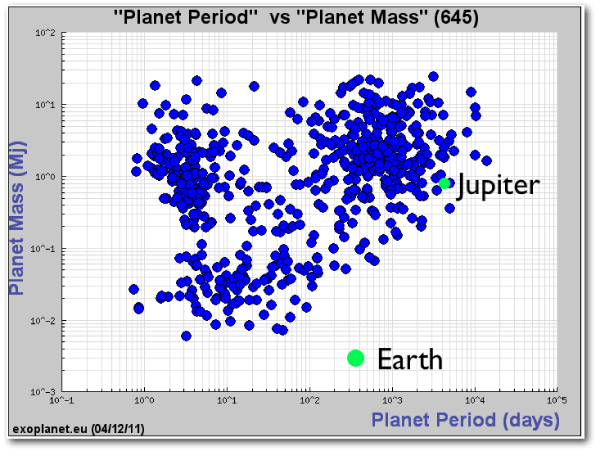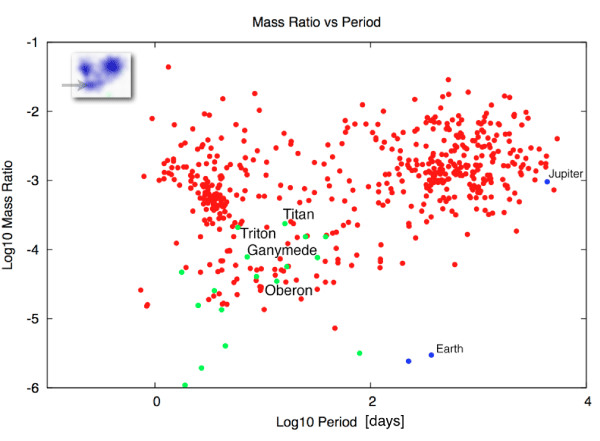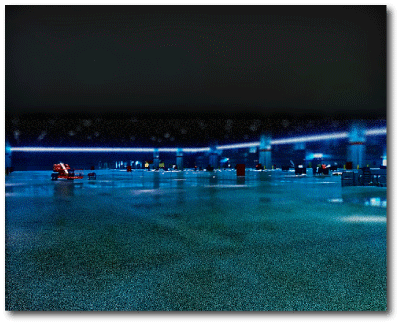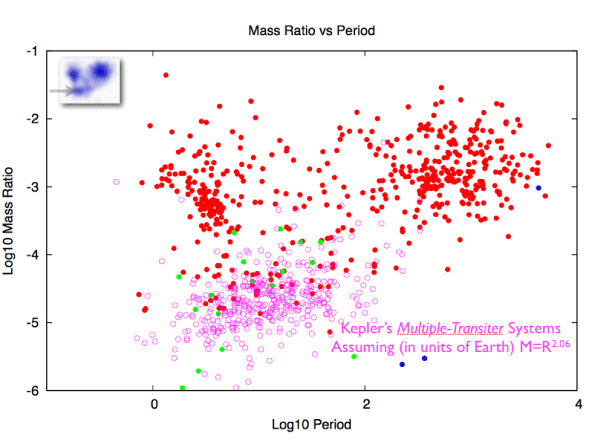Following the 1846 discovery of Neptune by Urbain J. J. LeVerrier of France and Johann Galle of Germany, the British astronomical establishment — the Rev. James Challis, the Astronomer Royal George Biddell Airy, and Sir John Herschel — found themselves in rather hot water. Diffidence, seeming indifference and miscommunications had deprived Britain of a very tangible emblem of national prestige. In the damage-control scramble that ensued, Herschel wrote urgently to William Lassell, a wealthy brewer in Liverpool who owned a 24-inch telescope, exhorting him to search for satellites “with all possible expedition!”. Lassell was on task. A mere 17 days after the announcement of Neptune’s existence, he had discovered Triton, thus handing his countrymen a victory in the losers’ bracket rounds.
The quick discovery of Triton occurred in large part because astronomers were conditioned as to what to expect. Jupiter, Saturn and Uranus all host regular satellite systems in which the orbital periods of the satellites are measured in periods lasting days to weeks, and in which the mass ratio of the satellites to the primary is of order two parts in 10,000. These rules of thumb hold quite nicely, despite the fact that Jupiter has more than 20 times the mass of Uranus.
Much of the bewilderment that has accompanied the discovery of extrasolar planets stems from the fact that planets found orbiting other stars don’t bear much resemblance to configuration of our own planetary system. First, hot Jupiters. Then giant planets on highly eccentric orbits with periods of a few hundred days. And now, the realization that over half of the sun-like stars in the solar neighborhood are accompanied by planets with masses in the superEarth/subNeptune range and orbital periods of less than 100 days. It’s now clear, in fact, that our own solar system is unusual at least at some modest level, and perhaps at quite a significant level.
As hordes of new planets pile into the candidate tables at exoplanet.eu, the correlation diagrams are really beginning to show the true features of the galactic planetary census. The classic log-log mass-period diagram is a good example. Here’s one that’s (already) two months out of date:

The lower-right portion of the above diagram is incomplete, and there are a whole slew of observational biases at work, but nevertheless, the relatively depopulated divisions between the superEarth/subNeptunes, the hot Jupiters and the eccentric giants are real features of the planet distribution. There’s truth in the fact that one can sometimes overlook the forest for the trees. By smearing vaseline on the laptop screen and taking a cell-phone photograph, one obtains a better sense of the outlines of the forest:

It’s interesting to adjust the log-log mass-period diagram so that the y-axis charts the planet-to-star mass ratio rather than planetary mass (an advantage of logarithms is that concerns regarding the difference between M and Msini are effectively academic). With this plotting scheme, Earth and Jupiter are still off the guest list, but remarkably, the regular satellites of the Jovian satellites adhere to the same distribution as the superEarths and subNeptunes:

A comparison that’s made all the more dramatic with the inclusion of the Kepler multiple-transit candidates:



Nice to have you back.
Are we ever likely to fill out the area where earth is on the plots sufficiently well within the next 20-30 years? There are quite a few things (co-planarity, sensitivity and dedicated time on scopes) working against filling that section out.
What’s with the second blue dot? One of the Kepler candidates? Moon?
I guess the second blue dot is Venus.
I agree with tesh90, nice to have you back!
Very interesting topic. I wonder: Is M = R^2.06 a good choice? I remember a few papers last fall indicating most Kepler planets will probably turn out to have M = R^4 (i.e., they are rocky). An interesting question for me to ponder: what could be the reason for the solar system being so poor in planets at short periods?
And if you plot the pulsar planets on there?
I’ve always found it remarkably suspicious that one of the best analogues to our inner solar system is a system that formed in a significantly different environment to that of our system’s early history.
As you clearly show in this post :
http://oklo.org/2011/02/13/an-analogy/
Our solar system is quite rare, due to the presence of otherwise rare cold Jupiters.
It is also true, based on Kepler data, that there are quite a few “compact” (like Kepler 11 or 20) systems out there with small planets on short period.
However, due to Kepler observational bias, the region of low mass planets planets with longer periods has not been explored yet. True Earth analogue would require 3 full years of observation for the eclipse being observed 3 times. These are also too small for RV methods.
So there’s still a gap in the data.
In any case I am impressed by how short period planets (and the regular satellites of the giant planets) seem to point towards the rarity of true Earths.
It is reasonable to assume that the lower-right and right of the diagrama are largely or entirely observational bias and will be filled in as techniques and observation time improve, and the bottom and top right populations will both extend to the right.
But even then there seem to remain 3 clear populations: hot giants, cool/cold giants, and subNeptune and below.
It would be interesting to plot these populations against metallicity (and star mass).
Are there any hypotheses for explaining these distinct populations?
@Ronald: I guess that the super-earth/sub-neptune population is the “original” population of satellites forming in the circumstellar disk. If a planet gets massive enough to get a massive hydrogen envelope, it accelerates toward the upper right of the diagram (stopped only by opening of a gap in the disk). If it can escape migration towards the star, it stays there – if not, it populates the third (Hot Jupiter) group.
@Matthias; yes, makes sense, but for one thing: I would expect that, if a giant planet migrates inward to become a hot Jupiter, it will loose much or most of its gaseous envelope and be reduced in (mainly rocky) mass. I wonder whether many super-earths and subNeptunes are such rocky core remains of failed giant planets.
@Ronald: We have some observational constraints on the loss of hydrogen from Hot Jupiters, and they imply that for ~1 M_jup-planets the losses are too small to be relevant over the lift-time of the parent stars. There is however a paucity of planets between super-Earth and ~1 M_jup planets at very short periods, prehaps indicative of rapid loss of hydrogen at intermediate masses. If that is true, very hot rocky worlds like Kepler-10 could indeed be the cores of former (light-weight) gas giants.
Matthias: thanks, yes, that sounds plausible. What still remains conspicuous then (besides the gap at intermediate masses mentioned by you) is the period gap between hot Jupiters and ‘normal’ giants. It seems to indicate that there is a kind of threshold period (i.e. distance) below which a giant planet cannot exist and migrates inward to become a hot Jupiter.
Further to my previous comment: the most recent Kepler data release seems to confirm this picture in another way: hot Jupiters seem to exist mainly in single-planet systems, or the other way around: multiple planet systems do not (or very seldom) contain a hot Jupiter. In other words: the existence of a hot Jupiter is not only bad for stable terrestrial planets but for other planets in general. Of course, it remains to be seen to what extent this is observational bias and whether other planets do exist in such systems in much greater orbits.